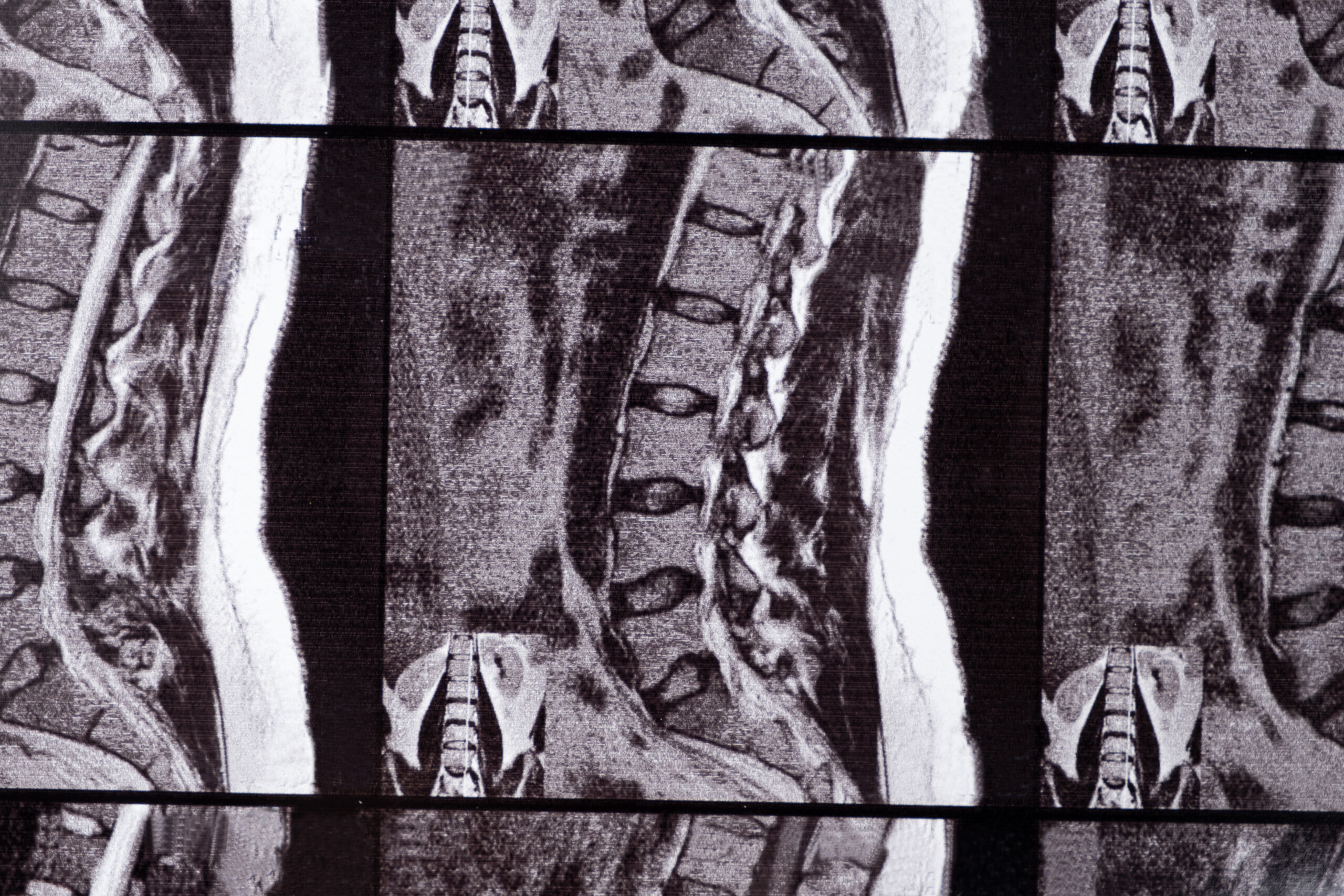Chronic lower back pain (CLBP) is a prevalent condition that affects a significant portion of the global population, leading to considerable disability and healthcare costs. Recent advances in diagnostic imaging have shed light on the anatomical changes associated with chronic pain, particularly the atrophy of the multifidus muscles. This article delves into the correlation between chronic lower back pain and the atrophy of these crucial spinal muscles, highlighting the role of diagnostic imaging in understanding and managing this condition.
The Multifidus Muscles: Critical Stabilizers of the Spine
The multifidus muscles are a group of small, yet powerful muscles located along the spine. They play a pivotal role in stabilizing the vertebrae during movement, thus maintaining spinal alignment and preventing injury. The health and functionality of the multifidus muscles are essential for proper spinal mechanics and posture, making them a critical focus in the study of back pain.
Diagnostic Imaging Techniques to Evaluate Muscle Atrophy
Advancements in medical imaging have significantly enhanced our ability to observe and quantify changes in muscle structure and function. Techniques such as MRI (Magnetic Resonance Imaging) and ultrasound are commonly used to assess the condition of the multifidus muscles. These modalities provide detailed images that can help detect muscle atrophy, fatty infiltration, and other pathological changes that are not visible through traditional X-rays.
MRI: MRI is particularly valuable due to its ability to produce high-resolution images of soft tissues. It can clearly show the degree of muscle atrophy and the replacement of muscle fibers with fatty tissue, which are indicators of muscle degeneration.
Ultrasound: Ultrasound imaging is a cost-effective, accessible, and dynamic tool to assess muscle size and echogenicity, which helps in evaluating muscle quality. It also allows for real-time assessment of muscle function during movement.
Correlation Between Multifidus Muscle Atrophy and Chronic Lower Back Pain
Research has consistently demonstrated a strong correlation between the atrophy of the multifidus muscles and the presence of chronic lower back pain. The key findings include:
- Muscle Atrophy and Pain Severity: Patients with more significant atrophy of the multifidus muscles often report higher levels of pain and disability. This relationship suggests that muscle weakening could contribute to the persistence of pain.
- Fatty Infiltration: Increased fatty infiltration within the multifidus muscles is associated with chronicity of back pain. Fatty deposits within the muscle impair its function and recovery, which exacerbates pain over time.
- Impact on Spinal Stability: The weakening of the multifidus muscles leads to decreased spinal stability, which can increase the load on the vertebral discs and joints, thereby perpetuating pain and dysfunction.
Clinical Implications and Treatment Strategies
Understanding the link between multifidus muscle atrophy and chronic lower back pain has significant clinical implications. It underscores the importance of early diagnosis and targeted treatment strategies that not only focus on pain relief but also on restoring muscle function and health.
- Targeted Physical Therapy: Exercises specifically designed to strengthen the multifidus muscles can help improve their function and reduce pain. Physical therapy programs focusing on core stability and muscle conditioning are crucial.
- Nutritional Support: Adequate nutrition plays a role in muscle health. Ensuring sufficient intake of protein and essential nutrients can support muscle repair and maintenance.
- Advanced Therapies: In some cases, treatments such as electrical stimulation or biofeedback may be used to enhance muscle function and pain management.
Conclusion
The correlation between chronic lower back pain and multifidus muscle atrophy is well-documented through diagnostic imaging studies. These insights not only enhance our understanding of the pathological changes associated with chronic pain but also guide the development of more effective treatment modalities. By focusing on strengthening and rehabilitating the multifidus muscles, healthcare providers can offer patients a more comprehensive approach to managing chronic lower back pain, ultimately improving outcomes and quality of life.
